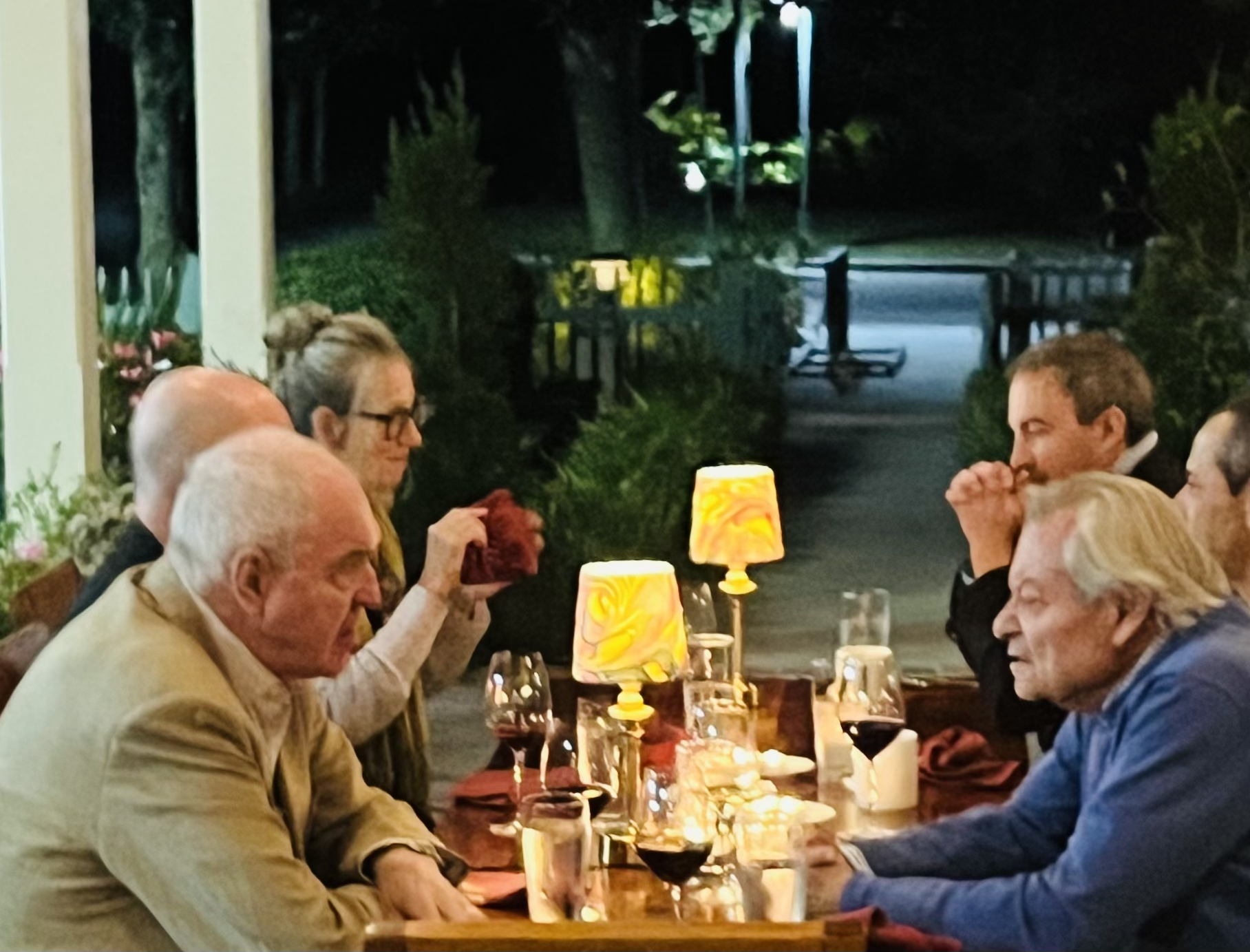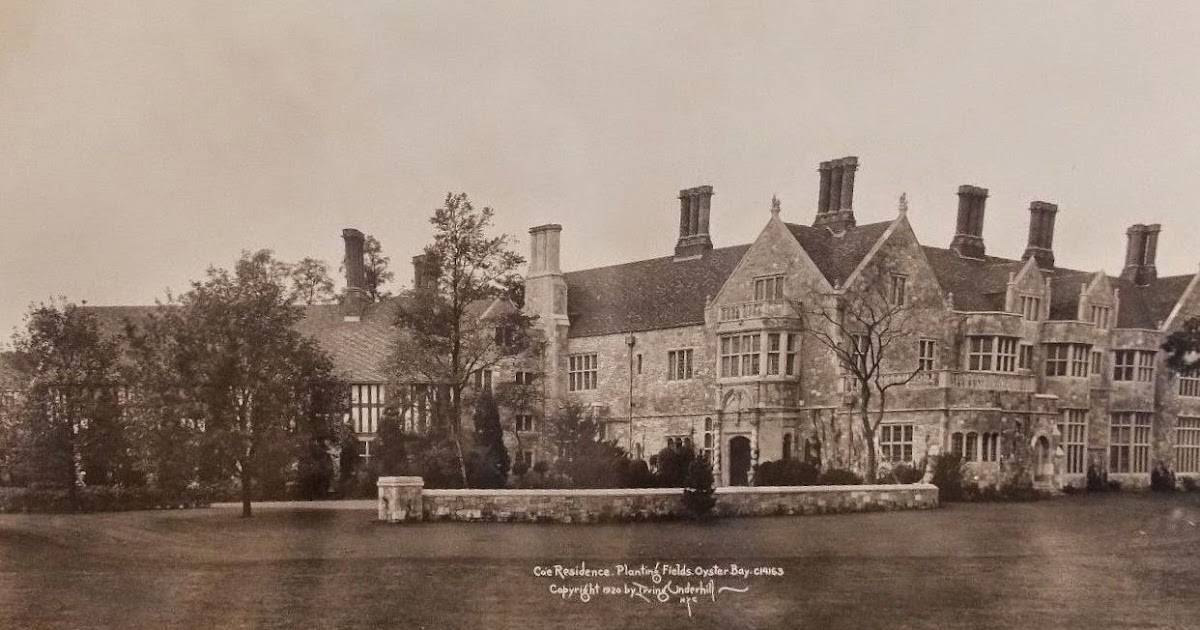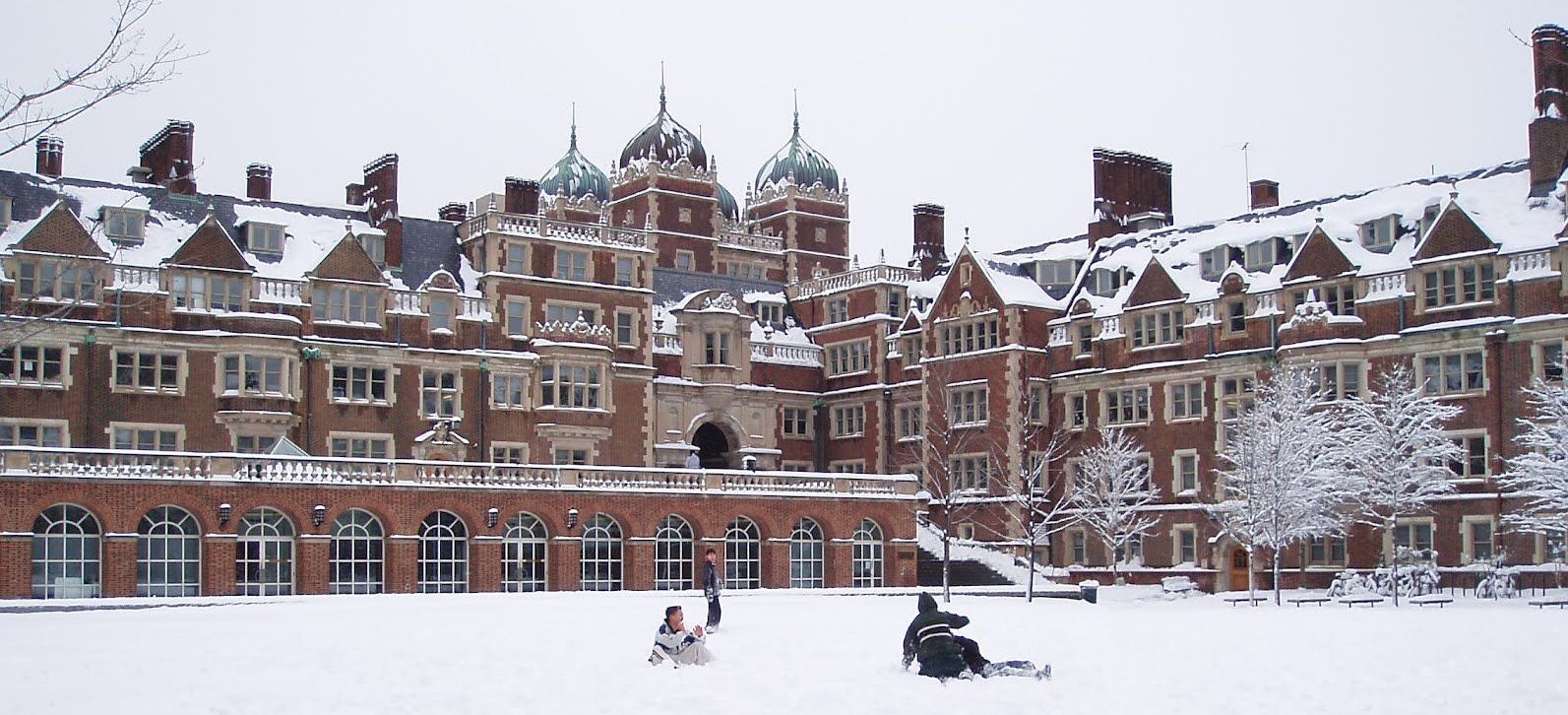
ORDER WITHOUT DESIGN
Last summer I ran into Alain Bertaud in Charleston (above). We had first met in India, when he was at the World Bank and I was at McGill Uiversity, working on a research project with B.V. Doshi’s Vastu Shilpa Foundation. I had not seen Alain in the intervening forty years yet our conversation effortlessly picked up where it left off. We were both architects who had been drawn to urbanism, which is not that unusual, but we also shared the rarer experience of being exposed to urban economists, and learning to see city planning through their eyes. Alain describes his experience in Order without Design: How Markets Shape Cities (MIT Press, 2018). This book is based on the simple thesis that “cities are primarily labor markets,” and in that sense it is as mighty a critique of city planning as Jane Jacobs’s Life and Death of Great American Cities was fifty-five years ago. Like Jacobs, Bertaud observes rather than theorizes, except that he casts his eye far and wide, on cities in Europe, Asia, and Africa. Bertaud brings more than five decades of experience to the task. Ed Glaeser has called him “one of the world’s great urbanists.” No exaggeration.

RADOSLAV ZUK (1931-2024)
Rad Zuk was a longtime colleague of mine when I taught at McGill for two decades, but my first encounter with him was when I was a student there in the 1960s. I was in the penultimate year of a six-year course. Zuk had joined the faculty a year or two earlier, and I had not had him as a teacher, but somehow I ended up briefly working for him. I can’t remember if he approached me, or if I saw a want ad on the school bulletin board. The job was to draw up a project he was working on—a church. I didn’t know then that he specialized in Ukrainian Greek Catholic churches, having already built several in Manitoba, where he had been living. He was an ethnic Ukrainian, born in Lubaczów, Poland, grew up in Austria, and emigrated to Canada, studying architecture at McGill and MIT. I wasn’t sure what to make of his project. Like Orthodox churches, Ukrainian Greek Catholic churches have specific architectural traditions, onion domes, icons, painted interiors. Zuk’s design had these features, but it also had a modern plan that was rigorously Miesian. This was a blending of new and old, but with none of the tongue-in-cheek mimicry which would characterize the postmodernism movement that would appear in a few years.

MAKE A GLASS
In the past, when a “master” was recognized he usually became an influence (Bramante, Palladio, and Michelangelo or, Oud, Corbusier and Mies). Today, while we recognize masters, we seem unable—on unwilling—to learn from them.
Or maybe it is a misplaced emphasis on originality. I still remember my very first design assignment in school. I admired Marcel Breuer’s houses, so my first stab at design was an imitation. I was told in no uncertain terms that this was not the correct way to proceed. I thought of this the other day when I was listening to an interview with Bret Stephens, the NYT columnist. Asked what advice he would give an aspiring opinion journalist, he said find someone you admire and copy them, try to figure out how they do it, and eventually you will develop your own style. I think that would have been much better advice to an architectural tyro than “dream up something new.”
Another related story. At one point in my life I spent a summer in Bavaria learning how to blow glass. Don’t ask me why. The first day I was seduced by the fluid, malleable molten material. My teacher,

YOU CAN’T GO HOME AGAIN
I’ve been writing about Planting Fields, a Roaring Twenties estate on Long Island’s North Shore, Great Gatsby territory. The house, an impressive Tudor pile, was designed by Walker & Gillette in 1918-22; the garden was laid out by Olmsted Brothers. Like the more than five hundred country retreats that were built on the so-called Gold Coast during that era, it was inspired by the British country house, think Brideshead or Downton Abbey. But while the American versions of manors, chateaux, and villas, are beautiful architecturally, they are hollow representations of an unattainable ideal. These country family seats lasted less than one generation before their sprawling grounds were subdivided and sold off, the houses themselves either demolished or converted into institutional or commercial uses. In that regard Planting Fields is unusual. Its 400 acres survive as a state historic park and arboretum. It’s now been a public place longer than it ever was a private home. The house is there, too, a touching relic of a makebelieve moment.
THE WISDOM OF EXPERIENCE
I was recently listening to an online interview with Bret Stephens. Speaking admiringly of the nineteenth-century Anglo-Irish political philosopher Edmund Burke, the New York Times columnist referred to Burke’s approach as “the wisdom of experience rather than the wisdom of theory.” While this pithy observation describes liberal politics, it struck me that it could equally be applied to architecture. At its best, this is an art of the possible, that is, what has worked rather than what should work. That is why architects in the past generally studied a widely accepted canon—the accumulated wisdom of experience. It was only in the late twentieth century that “History Theory” emerged as an architectural discipline, a—misguided in my opinion—attempt to promote a wisdom of the other kind.

INHERITANCES
A while back I wrote a blog on the Institute of Classical Architecture and Art’s indiscriminate use of “classical” and “traditional.” More recently I’ve been writing an essay about the origins of the American campus and the Collegiate Gothic style. I was reading the chapter on “Educational Groups” in The American Vitruvius, Werner Hegemann and Elbert Peets’s “Handbook of Civic Art,” published in 1922. It’s clear that at that time classicists did not consider Gothic to be an acceptable style. “Some recent designs for the grounds of colleges and similar institutions have abandoned both American tradition and the classic forms from which American tradition is derived and have elected Gothic and Elizabethan forms instead, which have no roots in the traditional art of this continent,” wrote the authors. Pointedly, they did not include prominent Collegiate Gothic buildings such as Cope & Stewardson’s Quadrangle at Penn (above), or Ralph Adams Cram’s Graduate College at Princeton.
Is classicism the only American tradition? I think one could make a good case that the Gothic is as much rooted in early American history. Examples include Trinity Church in New Haven (1812), Richard Upjohn’s Trinity Church in New York (1840),

